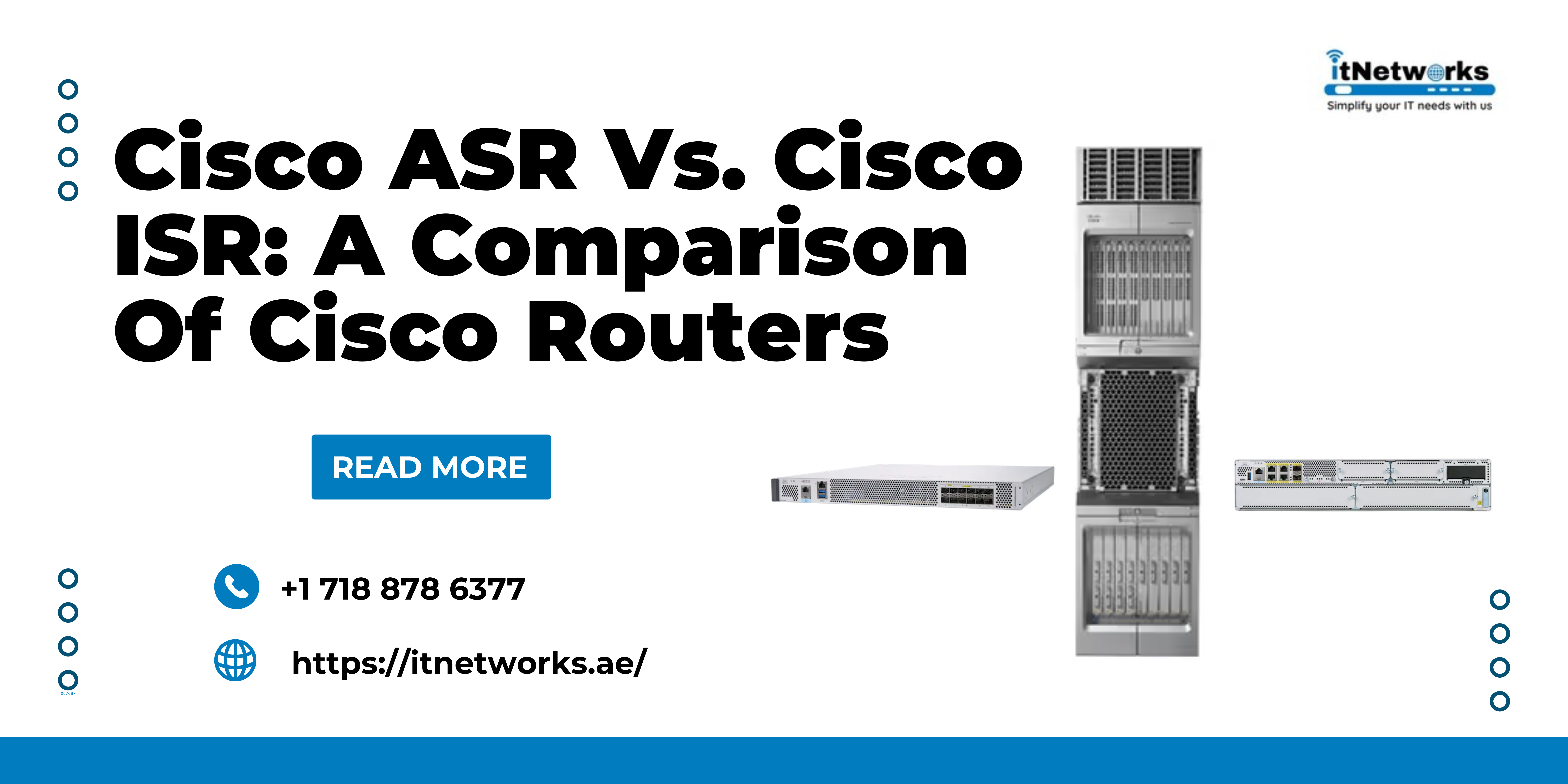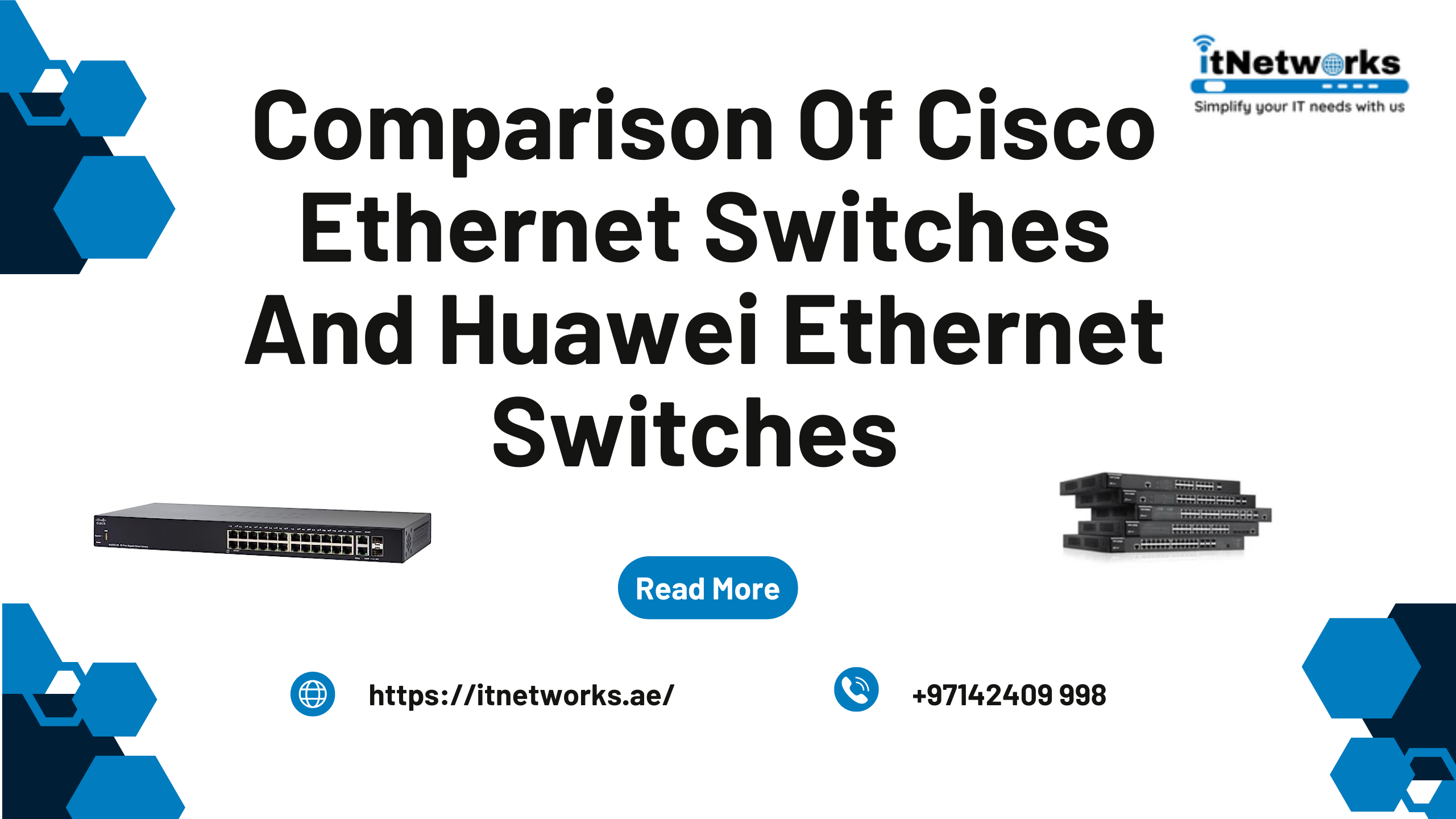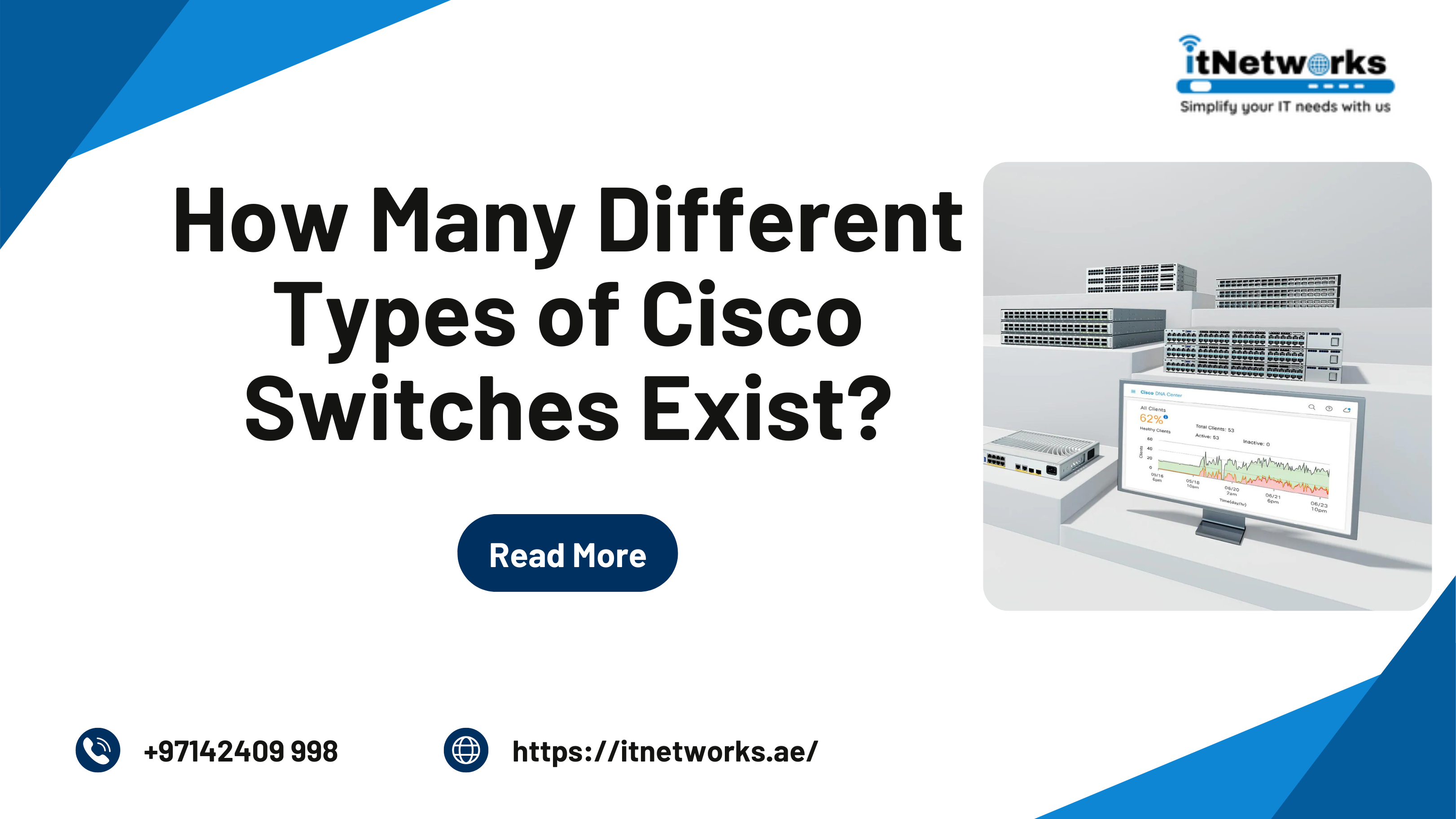What Is The Difference Between A Managed And Unmanaged Cisco Switch?
If you are planning to invest in a Cisco switch, you should first know about the two types of switches: managed and unmanaged. Knowing them will help you pick the right Cisco switch for your requirements. You will get what you exactly want, leading to better performance in your organization. The major difference between managed and unmanaged Cisco switches is the amount of control you have over the settings of the switch.
About Managed Switches
With Cisco managed switches, you will get full control and monitoring. The managed switches can be deployed in a wide array of topologies such as Spanning Tree Protocol, ring, mesh, stacking, and aggregation. With this, you get greater redundancy and reliability. They are easy to manage and troubleshoot large networks through remote management. Other than this, these switches offer software-defined network (SDN) management, access to telemetry data showing traffic flow, and supply of electric power to endpoint devices.
The best thing about managed switches is that there are many security features. These security features control the parties assessing the network, monitor for attacks, and help remediate any breaches that occur. The switches can optimize the performance of devices and applications on the network through quality-of-service (QoS).
About Unmanaged Switches
The unmanaged switches have basic connectivity features and are available at a low cost. With unmanaged switches, the plug-and-play operation is possible that relies on auto-negotiation for settings. The suitability of the unmanaged switches is limited to simple network topologies, such as star and daisy chains.
The unmanaged switches can create and store MAC-address tables that make traffic management a step better than using Ethernet hubs. Other than this, there is no distinction in how the unmanaged switches treat multicast traffic and broadcast traffic that causes severe congestion issues called broadcast storms.
Difference between Managed and Unmanaged Switches based on three important parameters
Capabilities
As unmanaged switches have no features besides what they need to negotiate transfer speed and determine each link’s duplexing type, they immediately start forwarding traffic once plugged in. On the other hand, the managed switches offer a huge number of features. These features can only be configured by IT professionals, allowing optimization of network performance and availability.
Security
Here, security refers to network security, which includes the detection of and protection from threats to data and operability. Regarding managed switches, they provide security settings that can only be configured by professionals to protect the network and help identify threats. On the other hand, unmanaged switches don’t offer any security capabilities.
Cost
Managed switches are costlier than unmanaged switches. And it’s because managed switches have additional capabilities. Also, they require expertise to provision and manage, increasing the costs for staff with the skills. On the other hand, unmanaged switches are cheaper because they are very simple to run. So, if you are only concerned about the cost, choose unmanaged switches.
Examples of Cisco managed and unmanaged switches
Managed Switches
Cisco Catalyst 9400 Series Switches
This series of switches are modular access switches, which are built for security, flexibility, IoT, and smart buildings. They deliver high availability, support up to 9.6 Tbps and provide the latest in 90-watt UPOE+, which gives a solid foundation for a trusted workplace.
Cisco Catalyst 9600 Series Switches
Based on the Cisco Silicone One ASIC, the Cisco Catalyst 9600 series switches are purpose-built for resiliency at scale. They lower total operational costs while providing comprehensive security and helping an organization grow. Other than this, these managed switches offer scale and high levels of security
Cisco Nexus 9000 Series Switches
The Cisco Nexus 9000 series switches are built-on Cisco SIlicon, delivering industry-leading data center performance from the inside out. They are tough, and tight and protect networks with streaming telemetry, advanced analytics, and line-rate encryption. Most importantly, these switches reduce operational costs with unified ports supporting 10/25G Ethernet and 8/16/32G Fiber Channel, RDMA over converged Ethernet, and IP storage.
Cisco Catalyst Industrial Ethernet 9300 Rugged Series
For the industrial edge, the Cisco Catalyst Industrial Ethernet 9300 Rugged Series comes with enterprise-grade capabilities. These series of switches improve performance, scale, visibility, and security. They are incorporated with advanced Cisco switching architecture and used for the most demanding use cases.
Cisco Catalyst 1000 series switches
For small businesses, the Cisco Catalyst 1000 Series switches provide enterprise-grade networks. They are easy to manage because of a wide range of Power over Ethernet (PoE) and port combinations. The compact and fanless design of the switches makes them quiet and compact. They provide enhanced security, larger-scale access-control tables, additional security features, and improved hardware and software.
Unmanaged Switches
Cisco Business 110 Series Unmanaged Switches
These switches are affordable as they are entry-level switches, simple to use, efficient, and provide better performance. They provide Gigabit Ethernet switching with features such as Power over Ethernet (PoE), energy efficiency, and traffic prioritization for seamless digital transformation.
Tips to choose between managed and unmanaged switches
If your network is very small and uncomplicated with only a dozen or so devices connected and without critical requirements for security and availability, choose unmanaged switches. On the other hand, if you are running an enterprise-level business, government agency, university, or healthcare organization, where reliability and security are critical, choose managed switches. They are flexible and provide complete control.
The only thing is managed switches are costlier than unmanaged switches. But, they can manage different levels of complexity in the business.
The choice between managed and unmanaged Cisco switches depends on your requirements and budget.
To know more about managed and unmanaged switches, connect with us via WhatsApp at +971585811786





